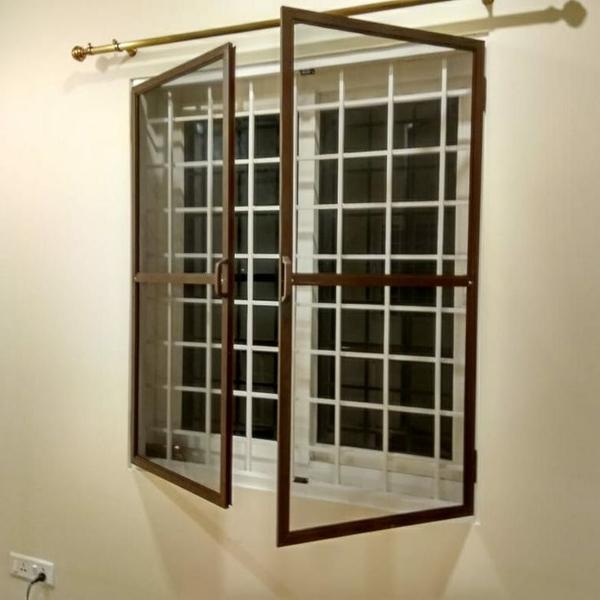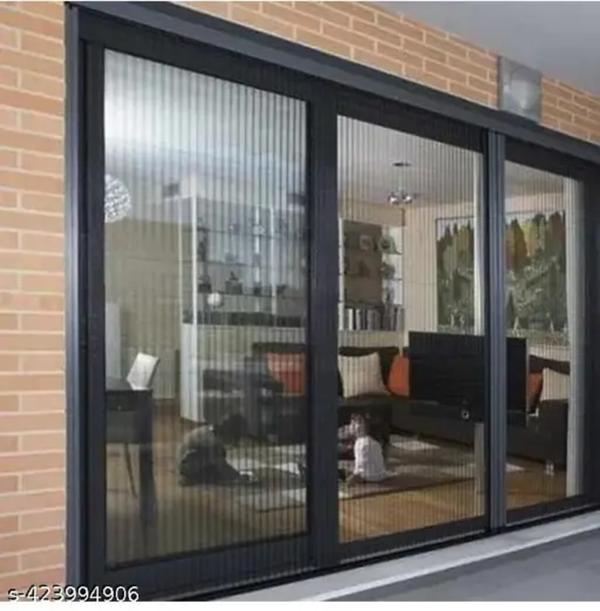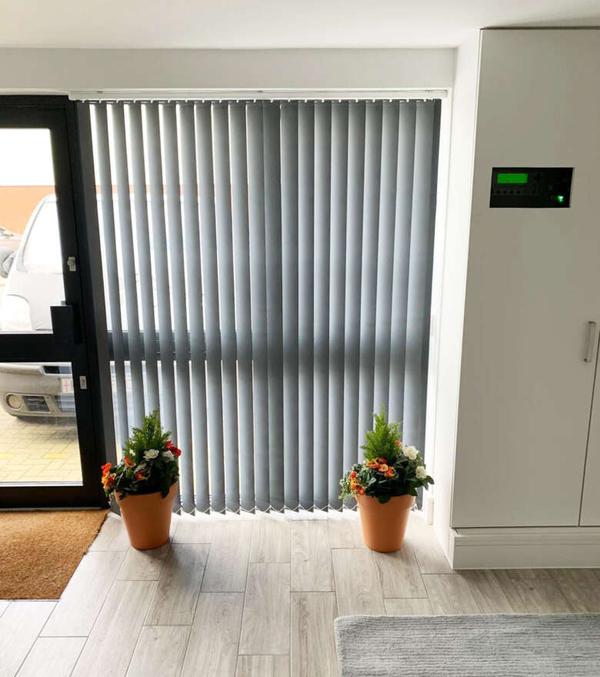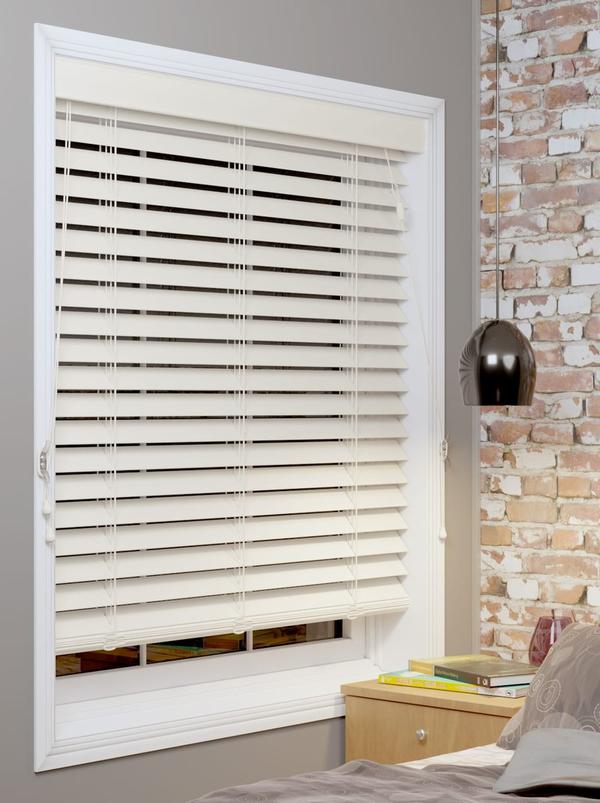To prevent mosquitoes from entering while keeping windows open, use mosquito nets or screens, apply repellents, and limit window openings during peak mosquito activity hours. Here's a more detailed breakdown: 1. Mosquito Nets and Screens: Install mosquito nets or screens on windows to physically block mosquitoes from entering. Ensure the mesh is fine enough to prevent even small insects from passing through. Consider different types of mosquito net windows, like openable or sliding options, for convenience. 2. Repellents and Protection: Topical: Apply mosquito repellent creams or lotions to your skin, especially when spending time near open windows. Indoor: Use mosquito coils or electric vaporizers indoors, especially when windows are open at night. Plants: Some plants like citronella, lemongrass, and basil can naturally repel mosquitoes when placed near windows. Diffusers: Use essential oil diffusers with mosquito-repelling oils like lavender, tea tree, or eucalyptus. 3. Limiting Mosquito Entry: Time: Avoid keeping windows open during dusk and dawn when mosquitoes are most active. Cleanliness: Keep the area around windows clean to avoid attracting mosquitoes. Seal Gaps: Check for and seal any cracks or gaps around windows and doors to prevent mosquito entry. General Mosquito Control Keywords: “mosquito control” “mosquito prevention” “how to get rid of mosquitoes” “mosquito repellent” “natural mosquito repellent” “best mosquito repellent” Open Window Keywords: “mosquitoes and open windows, ”keeping mosquitoes out of the house, “mosquitoes coming through windows, ”how to keep mosquitoes away with windows open, and “screen window for mosquitoes. Long-tail keywords (more specific): ”best mosquito repellent for open windows“ ”how to keep mosquitoes out of bedroom with open window“ ”natural mosquito repellent for open windows at night“ ”DIY mosquito screen for windows“ ”affordable mosquito net for windows"
Send Message



